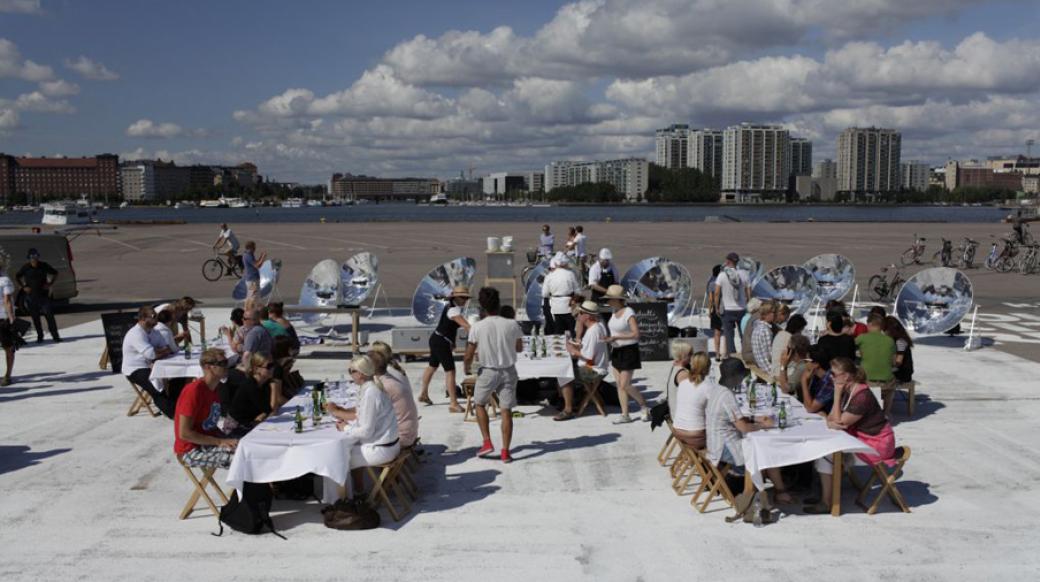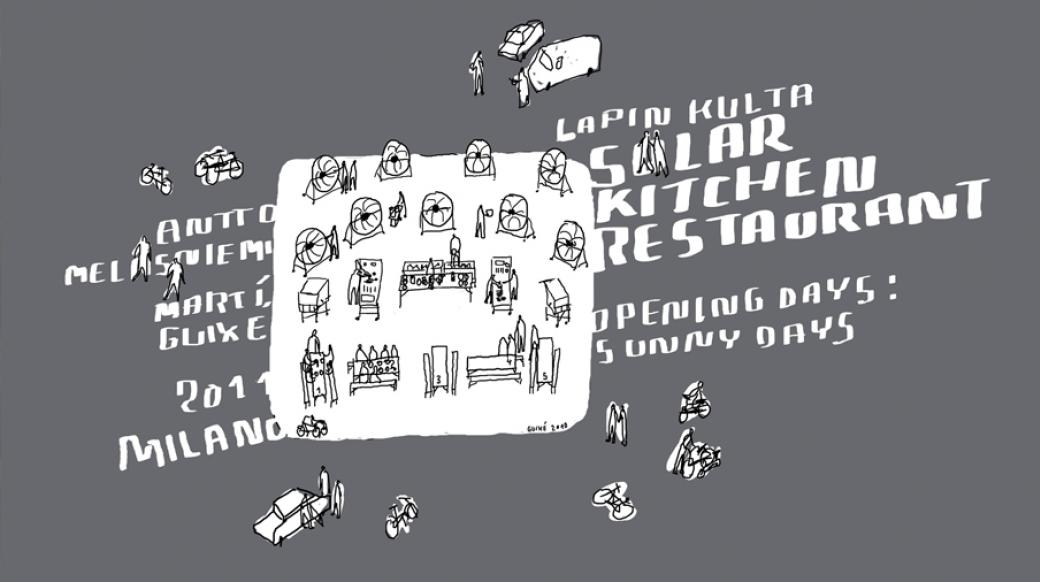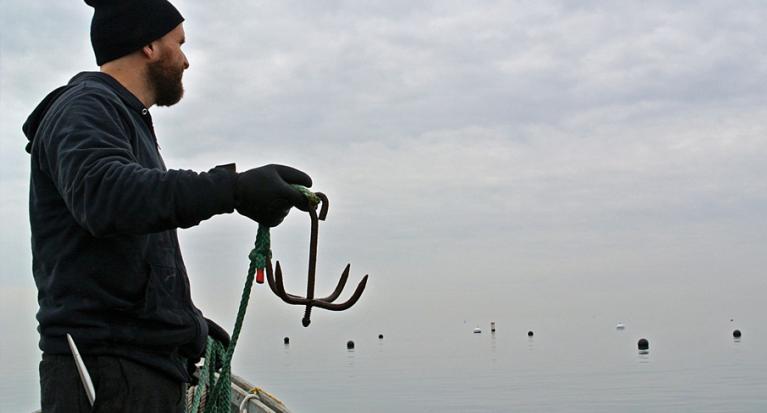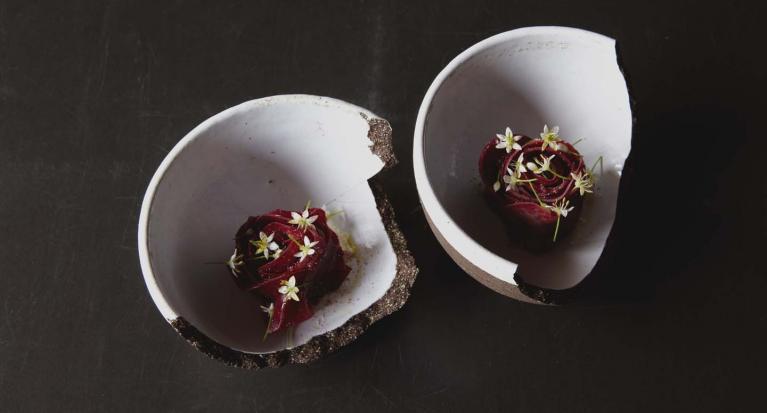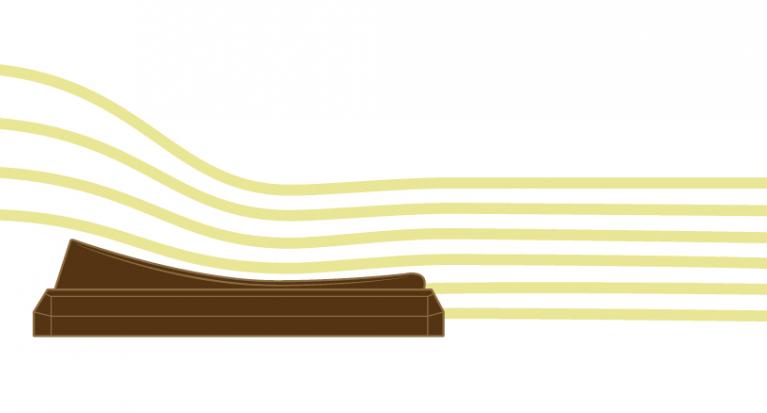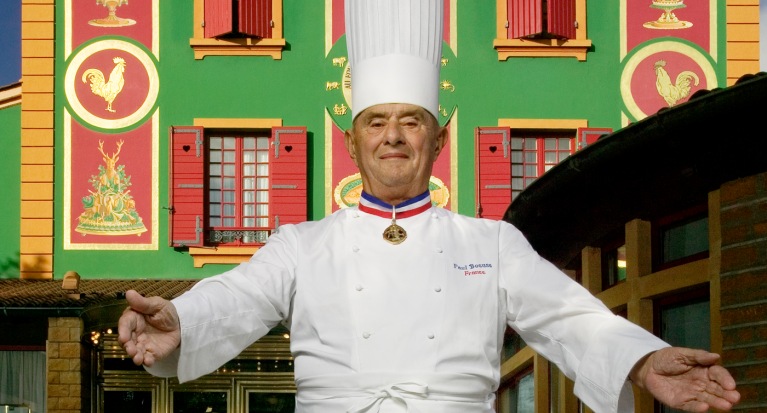Putting sunshine on your plate
A completely sustainable kitchen.
Lapin Kulta Solar Kitchen is a joint food venture conceived by Spanish designer Martí Guixé and Finnish food visionary Antto Melasniemi in 2011. It consists of a pop-up solar-powered restaurant with special cooking points that exploit the reflection of the sun’s rays. A perfectly sustainable model of a kitchen, linked to the environment and to the climate. And on cloudy days, the restaurant remains closed.
The Lapin Kulta Solar Kitchen Restaurant rethinks our perception of cooking and food, particularly in relation to nature. Following the sun across Europe over the past three summers, Martí Guixé has been accompanied by Finnish chef Antto Melasniemi, who is exploring how solar heat affects the taste and texture of dishes in a surprising and positive way, producing a completely different taste experience. The Lapin Kulta Solar Kitchen Restaurant first opened in the Salone del Mobile in the back garden of the Triennale di Milano in 2011. In the following summer seasons it travelled to Kalasatama Eteläkärki and Helsinki, and a new version has been designed for Alaska as well. The restaurant as such is ephemeral. It has no walls or serving facilities. It cites the ancient custom of human beings gathering around food. Basically it consists of seats set up around tables, near cooking points which, in this case, are made out of steel hemicycles, with the cooking flame as centre of the reflection. The cooks have to wear protective goggles.
Although the use of solar energy for cooking is a well-known concept, it is usually not practiced properly. There are technical parameters of solar cooking that affect the transformation of food during cooking. The heat is diffused throughout the food, for example, not merely by induction from below as with conventional cooking methods. Cooking times vary greatly and are constantly changing. These two facts affect the flavour and texture of the food being prepared and result in a completely different taste experience every time. Through this project, chef and designer want to test people’s flexibility, their ability to adapt, to change plans and to come to terms with delays, in compliance with nature. The result is an environmental and gastronomic art project as well as a gourmet eatery, underlining the value of nature-driven processes, challenging human agility in decision-making and reacting to real-time information. A cloud could ruin a business lunch. Or give you a second chance tomorrow!
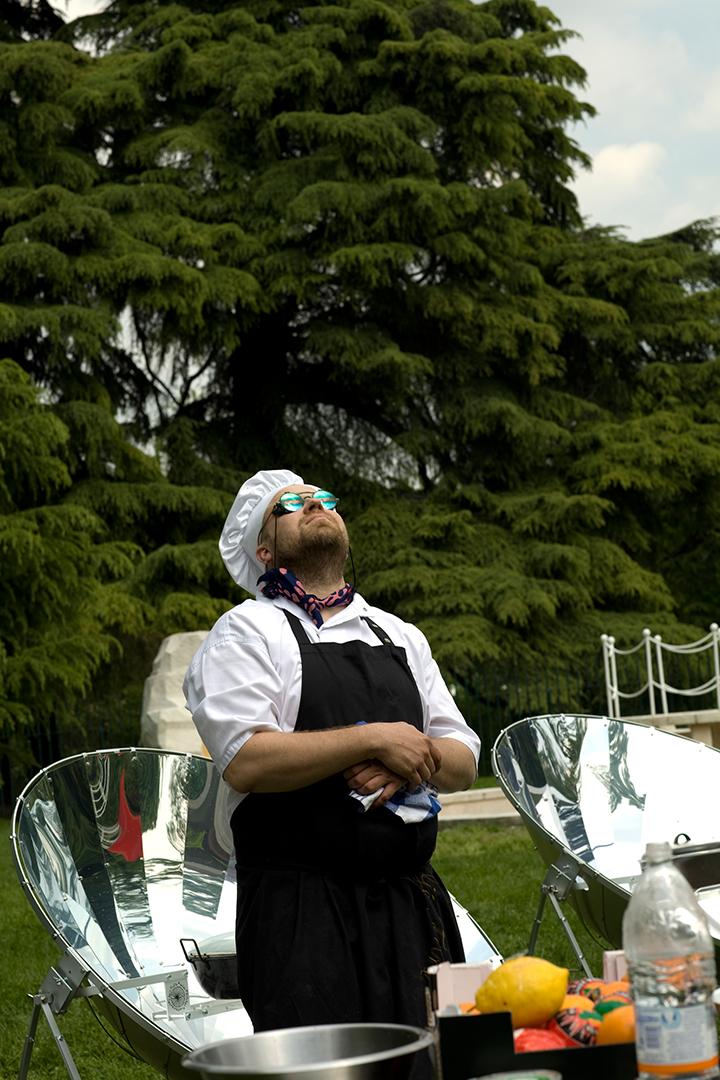
Antto Melasniemi is watching for the sun god.
© Imagekontainer
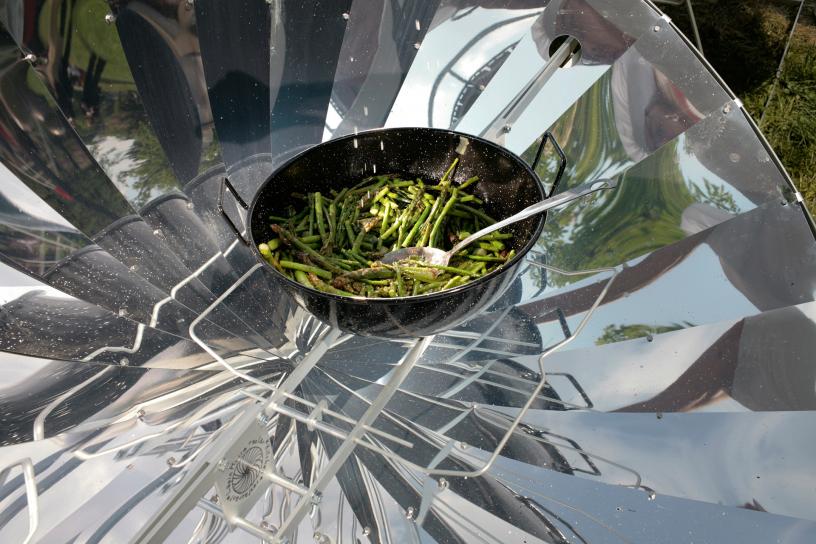
© Imagekontainer
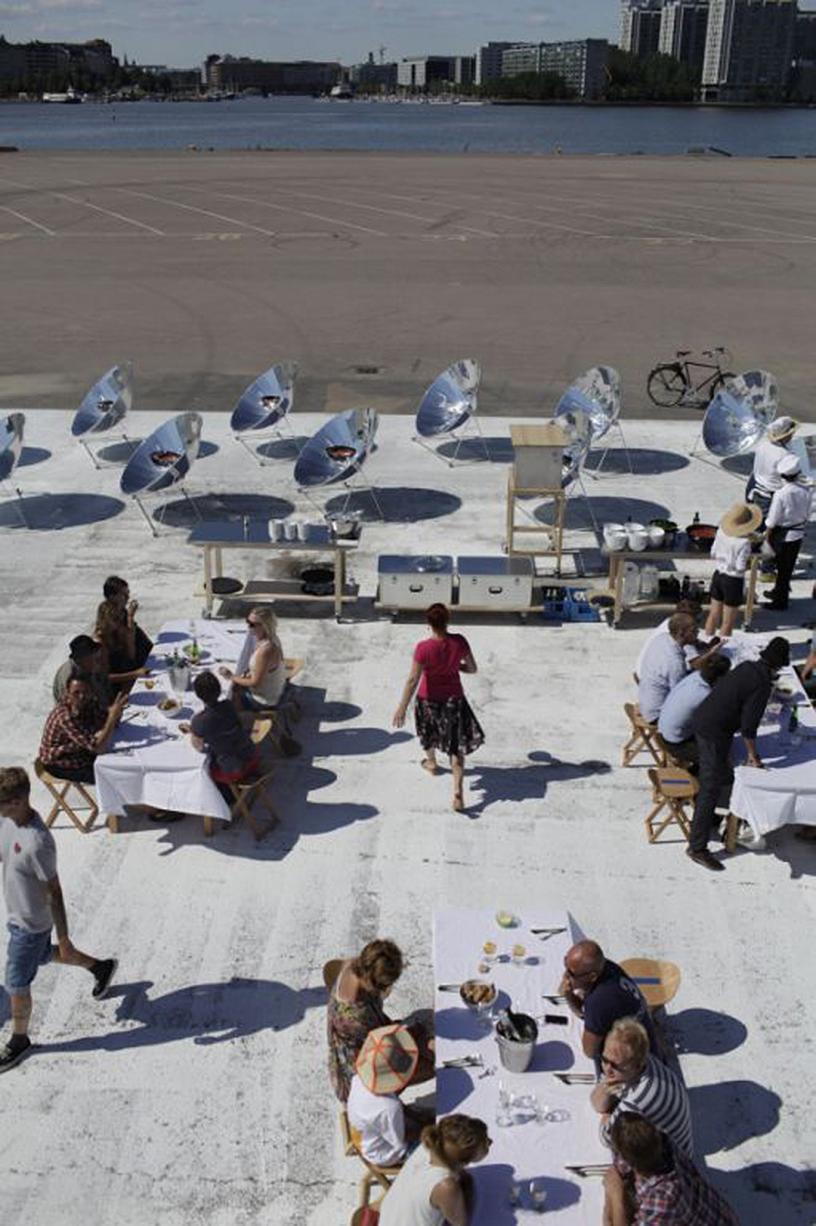
The Lapin Kulta Solar Kitchen set-up.
© Imagekontainer
DOSSIER Culinary Ingenuity |
| Cooking the revolution | |
| Eating like fish | |
| Putting sunshine on your plate | |
| The Gauthier experience | |
| Developing the perfect shape | |
| Bringing blue back | |
| All dossiers | |
